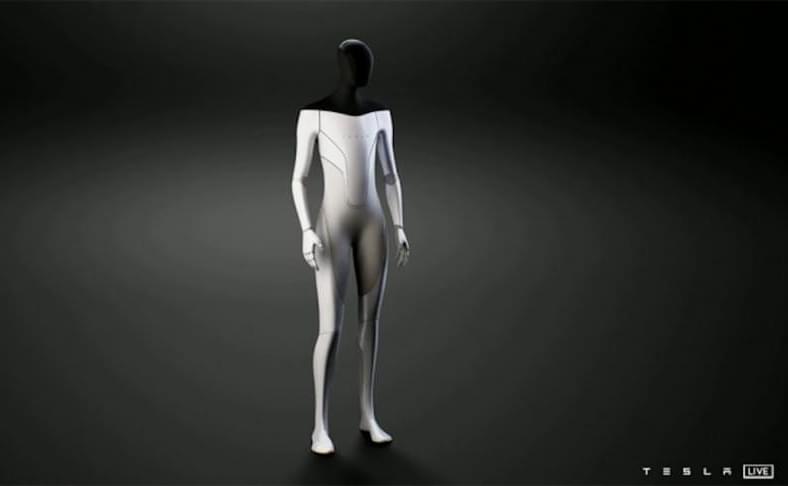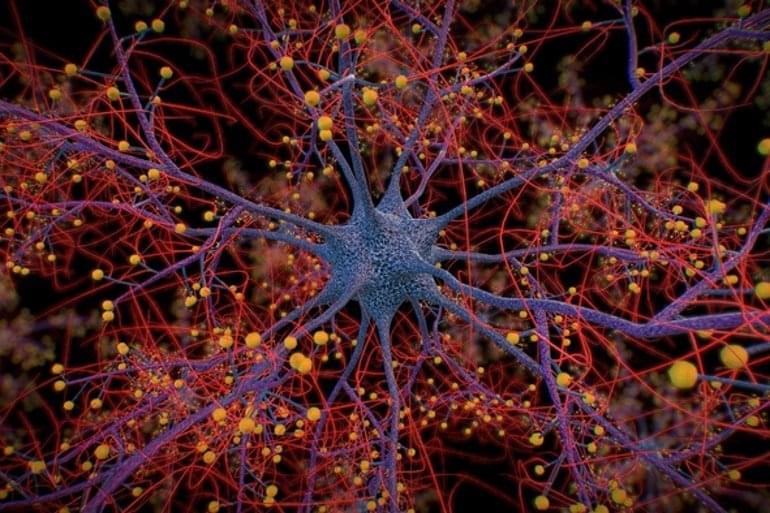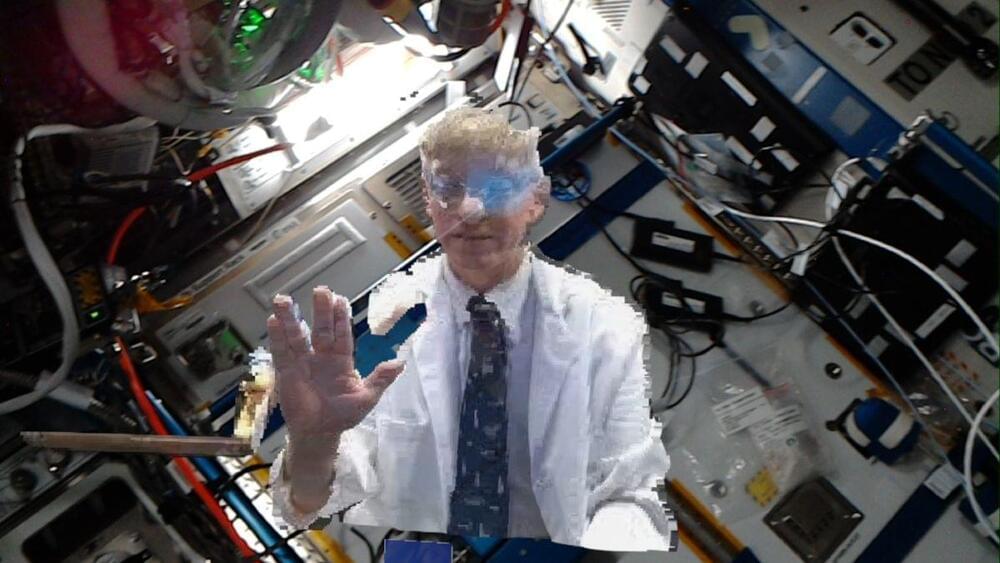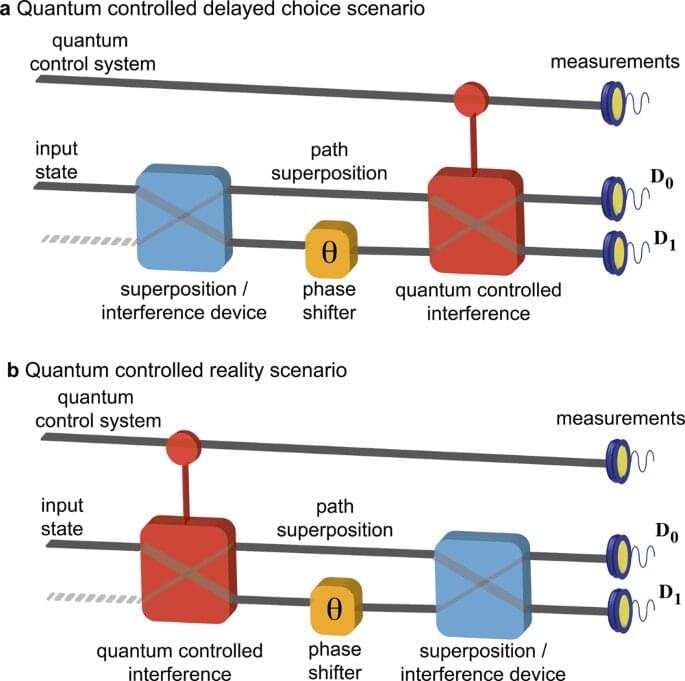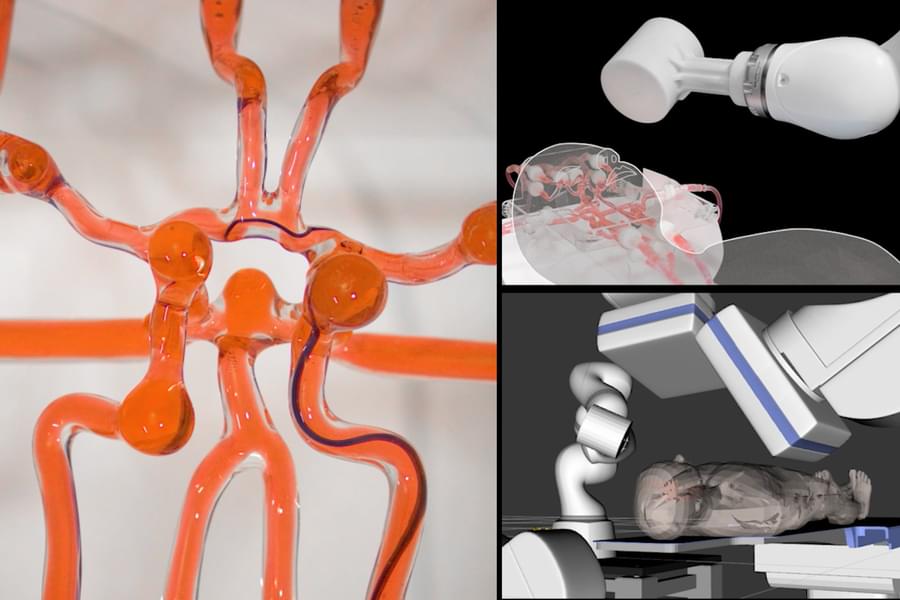Newly discovered Fermi arcs that can be controlled through magnetism could be the future of electronics based on electron spins.
These new Fermi arcs were discovered by a team of researchers from Ames Laboratory and Iowa State University, as well as collaborators from the United States, Germany, and the United Kingdom. During their investigation of the rare-earth monopnictide NdBi (neodymium-bismuth), the research team discovered a new type of Fermi arc that appeared at low temperatures when the material became antiferromagnetic, i.e., neighboring spins point in opposite directions.
Fermi surfaces in metals are a boundary between energy states that are occupied and unoccupied by electrons. Fermi surfaces are normally closed contours forming shapes such as spheres, ovoids, etc. Electrons at the Fermi surface control many properties of materials such as electrical and thermal conductivity, optical properties, etc. In extremely rare occasions, the Fermi surface contains disconnected segments that are known as Fermi arcs and often are associated with exotic states like superconductivity.
Summary: The Izhikevich neuron model allows the simulation of both periodic and quasi-periodic responses in neurons at lower computational cost.
Source: Tokyo University of Science.
The brain is inarguably the single most important organ in the human body. It controls how we move, react, think and feel, and enables us to have complex emotions and memories. The brain is composed of approximately 86 billion neurons that form a complex network. These neurons receive, process, and transfer information using chemical and electrical signals.
You read that right, a hologram doctor.
It’s not science fiction: Hologram doctors beamed to space to visit astronauts.
In 2021, a team of hologram doctors was “holoported” to space to visit astronauts living aboard the International Space Station, NASA has revealed in a new post. The hologram teams, led by NASA flight surgeon Dr. Josef Schmid and Fernando De La Peña Llaca, CEO of software provider Aexa Aerospace, were the first humans to ever be “holoported” from Earth to space.
Image by: Arkadiusz Jadczyk.
The word fractal has become increasingly popular, although the concept started more than two centuries ago in the 17th century with prominent and prolific mathematician and philosopher Gottfried Wilhelm Leibnitz is believed to have addressed for the first time the notion of recursive self-similarity, and it wasn’t until 1960 that the concept was formally stabilized both theoretically and practically, through the mathematical development and computerized visualizations by Benoit Mandelbrot, who settled on the name “fractal”.
“All too often we do not recognize the connection between the way we plan our cities and urban development and the health of the citizens who live in those communities. We must connect the dots.” — Dr. Mili Roy, Co-Chair, CAPE.
A physician’ for the environment group points out the connection between planning urban development and the health of its citizens.
This motorcyclist was acting aggressive…but what in his environment signaled to him that aggressive driving was acceptable?
At $125 a night, a startup offers rentable micro cabins to help urban dwellers escape the daily grind.
In a new report now published in Nature Communications Physics, Pedro R. Dieguez and an international team of scientists in quantum technologies, functional quantum systems and quantum physics, developed a new framework of operational criterion for physical reality. This attempt facilitated their understanding of a quantum system directly via the quantum state at each instance of time. During the work, the team established a link between the output visibility and elements of reality within an interferometer. The team provided an experimental proof-of-principle for a two-spin-½ system in an interferometric setup within a nuclear magnetic resonance platform. The outcomes validated Bohr’s original formulation of the complementarity principle.
Physics according to Niels Bohr
Bohr’s complementarity principle states that matter and radiation can be submitted to a unifying framework where either element can behave as a wave or a particle, based on the experimental setup. According to Bohr’s natural philosophy, the nature of individuality of quantum systems is discussed relative to the definite arrangement of whole experiments. Almost a decade ago, physicists designed a quantum delayed choice experiment (QDCE), with a beam splitter in spatial quantum superposition to render the interferometer to have a “closed + open” configuration, while the system represented a hybrid “wave + particle” state. Researchers had previously coupled a target system to a quantum regulator and tested these ideas to show how photons can exhibit wave-like or particle-like behaviors depending on the experimental technique used to measure them.
Remote robotic-assisted surgery is far from new, with various educational and research institutions developing machines doctors can control from other locations over the years. There hasn’t been a lot of movement on that front when it comes to endovascular treatments for stroke patients, which is why a team of MIT engineers has been developing a telerobotic system surgeons can use over the past few years. The team, which has published its paper in Science Robotics, has now presented a robotic arm that doctors can control remotely using a modified joystick to treat stroke patients.
That arm has a magnet attached to its wrist, and surgeons can adjust its orientation to guide a magnetic wire through the patient’s arteries and vessels in order to remove blood clots in their brain. Similar to in-person procedures, surgeons will have to rely on live imaging to get to the blood clot, except the machine will allow them to treat patients not physically in the room with them.
There’s a critical window of time after a stroke’s onset during which endovascular treatment should be administered to save a patient’s life or to preserve their brain function. Problem is, the procedure is quite complex and takes years to master. It involves guiding a thin wire through vessels and arteries without damaging any of them, after all. Neurosurgeons trained in the procedure are usually found in major hospitals, and patients in remote locations that have to be transported to these larger centers might miss that critical time window. With this machine, surgeons can be anywhere and still perform the procedure. Another upside? It minimizes the doctos’ exposure to radiation from X-ray imaging.
